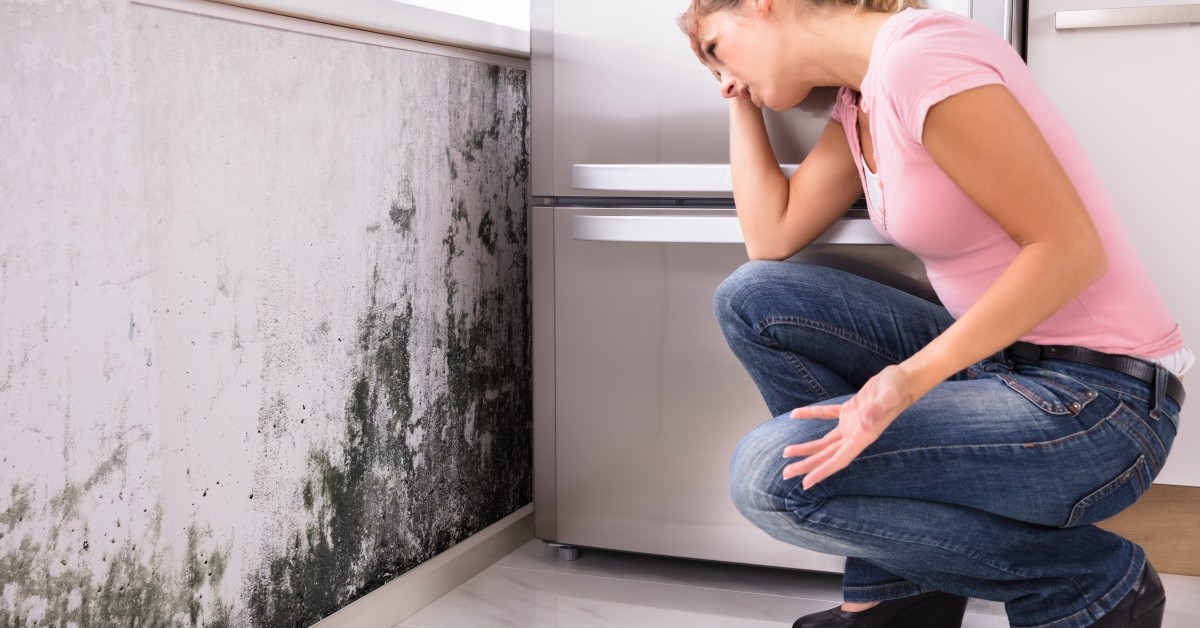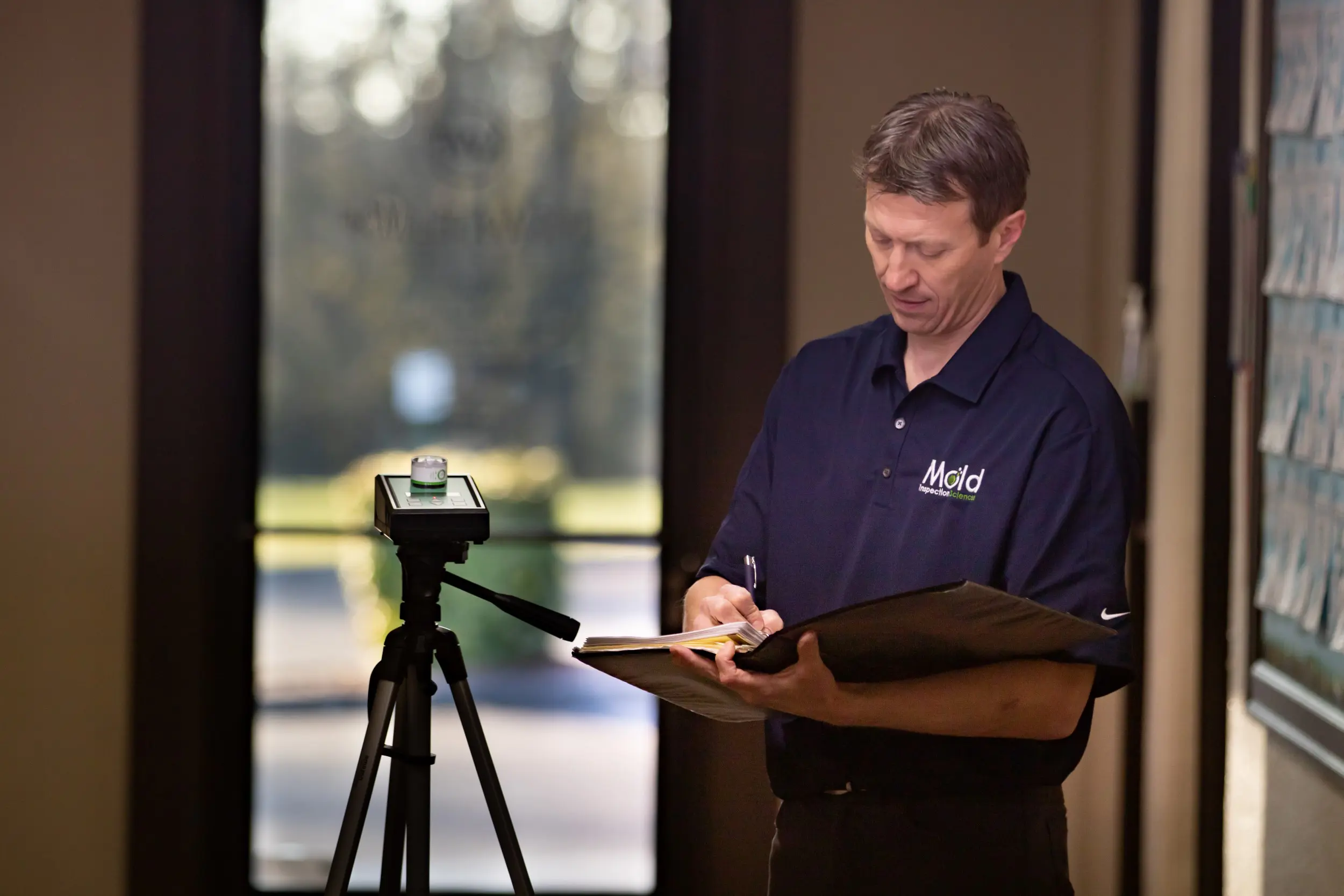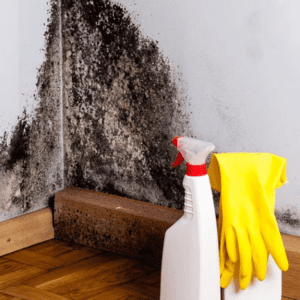After Mold Remediation Methods for Tidy Rooms
After Mold Remediation Methods for Tidy Rooms
Blog Article
Your Ultimate Overview to Blog Post Mold And Mildew Remediation Techniques
Browsing the world of post-mold removal techniques is a thorough procedure that requires focus to detail and a comprehensive understanding of the details involved. In the aftermath of mold invasion, knowing just how to successfully remove the mold and avoid its reoccurrence is vital for keeping a healthy interior atmosphere. From picking the right cleaning and decontaminating methods to carrying out approaches for long-term mold prevention, each action in the remediation trip plays a crucial role in guaranteeing an effective result. As we start this expedition of post-mold removal techniques, we will discover the key approaches and best practices that can assist you recover your space to its pre-mold problem and safeguard it against future mold and mildew risks.
Recognizing Post-Mold Removal Process
After completing the mold and mildew remediation procedure, it is important to understand the post-mold removal methods that are required to make sure a detailed and effective cleanup. Once the mold has been eliminated, the next step entails cleaning and sanitizing the influenced areas to stop any regrowth of mold.
Furthermore, carrying out a final inspection post-remediation is essential to make sure that all mold and mildew has actually been efficiently gotten rid of. This assessment should include a thorough aesthetic check along with possibly air sampling to validate the lack of mold and mildew spores in the air. Added removal may be essential if the examination reveals any type of remaining mold and mildew. Lastly, educating residents on preventive steps such as regulating dampness levels and promptly resolving any water leakages can aid keep a mold-free environment.
Effective Cleaning Up and Disinfecting Methods

Protecting Against Future Mold And Mildew Growth

Importance of Correct Air Flow
Proper ventilation plays a crucial role in preventing dampness buildup, a vital consider mold and mildew development within interior settings. Effective ventilation systems assist get rid of excess humidity from the air, lowering the possibilities of mold spores finding the wetness they need to germinate and spread out. Without adequate ventilation, indoor spaces can come to be a reproduction ground for mold, causing prospective health risks and architectural damage.
By making certain correct air flow, air flow systems can likewise assist in drying wet areas faster after water damages or flooding incidents, even more discouraging mold and mildew growth. Post Mold remediation cleaning. In rooms like shower rooms, kitchens, attic rooms, and basements where moisture degrees have a tendency to be higher, setting up and preserving reliable ventilation systems is crucial in protecting against mold infestations

Surveillance and Upkeep Tips
Given the critical duty that appropriate air flow plays important link in preventing mold and mildew development, it is important to develop efficient tracking and upkeep ideas to guarantee the ongoing functionality of air flow systems. Regular inspections of air flow systems need to be conducted to look for any signs of blockages, leaks, or breakdowns that can hamper proper air flow. Monitoring humidity levels within the residential property is likewise vital, as high humidity can add to mold and mildew development. Mounting a hygrometer can aid track moisture degrees and alert property owners to any kind of spikes that may need focus. Furthermore, ensuring that air filters are consistently cleaned or replaced is vital for preserving the performance of the ventilation system. Carrying out a timetable for regular upkeep tasks, such as air duct cleaning and cooling and heating system evaluations, can help prevent problems prior to they escalate. By staying positive and mindful to the problem of ventilation systems, residential property proprietors can successfully mitigate the risk of mold regrowth and maintain a healthy indoor atmosphere.
Verdict
To conclude, post-mold remediation techniques are important for guaranteeing a secure and tidy environment. Understanding the procedure, executing effective cleaning and disinfecting methods, avoiding future mold development, preserving Home Page appropriate air flow, and routine surveillance are all critical action in the remediation process. By following these guidelines, you can effectively eliminate mold and mildew and stop its return, functioning or promoting a healthy living space for all passengers.
In the aftermath of mold and mildew infestation, understanding just how to successfully eradicate the mold and mildew and stop its reoccurrence is paramount for preserving a healthy interior atmosphere. As soon as the mold has been eliminated, the next step includes cleansing and sanitizing the affected locations to prevent any type of regrowth of mold and mildew - Post Mold Remediation. After eliminating noticeable mold development, it is important to clean up all surface areas in the damaged area to eliminate any kind of staying mold spores. To further improve mold prevention measures, it is necessary to resolve underlying concerns that at first led to mold and mildew advancement.Offered the crucial function that proper ventilation plays in avoiding mold and mildew development, it is important to develop reliable tracking and upkeep pointers to make certain the ongoing capability of ventilation systems
Report this page